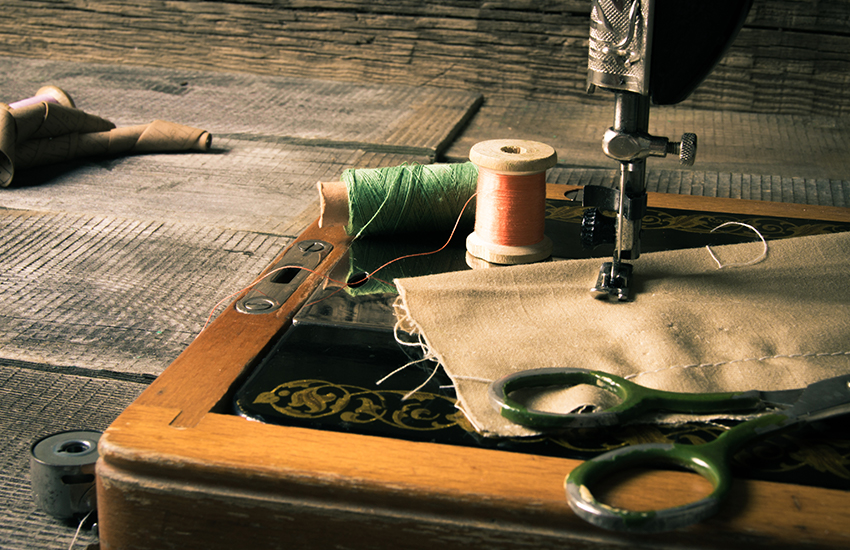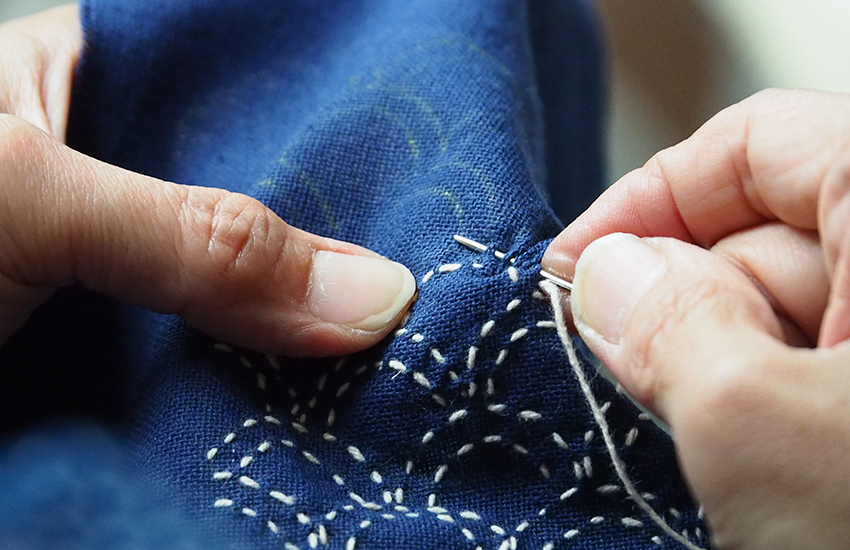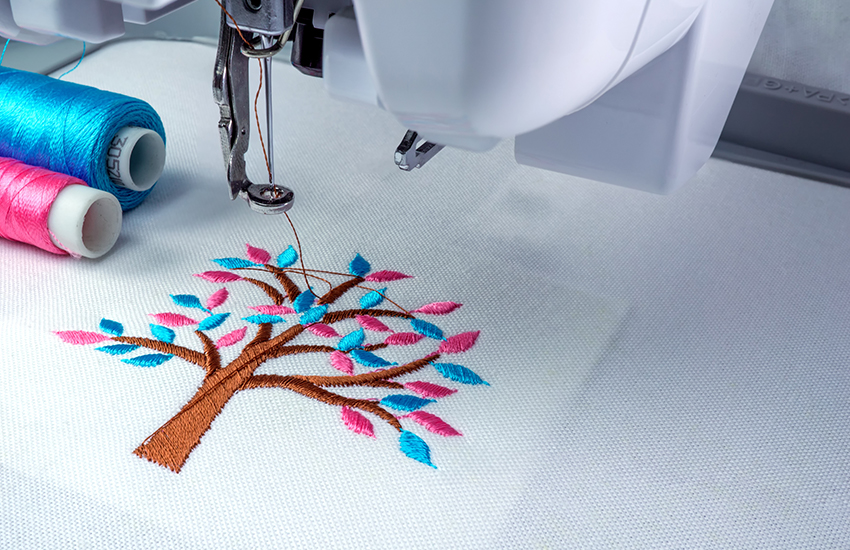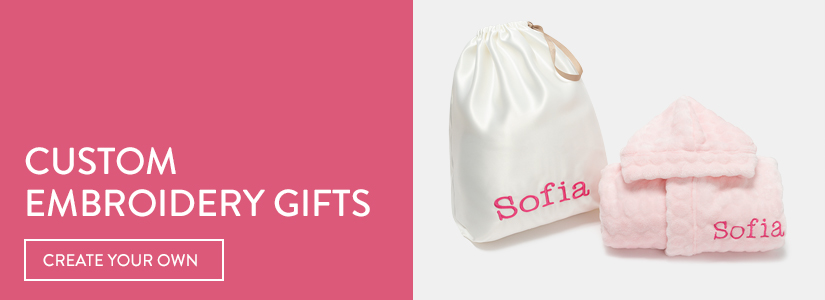Embroidery is a beautiful form of art that has been around for centuries. Known for beautifully decorating fabrics with precise and high-quality designs. A beautiful art form that has been practised for decades, embroidery history is facinating. In recent years the power of embroidery has advanced dramatically thanks to advances in technology. From delicately handstitched, to the creation of machines that can complete a task effortlessly.
Embroidery has come a long way but is definitely the most premium form of personalisation. Here we will dive into the brief history of embroidery in order to gain a greater appreciation of this beautiful art form.
Ancient Origins – Embroidery History
The origin of embroidery can be dated as far back as man has been able to produce fabrics. Practised all across the world it originally stems from China and the Near East. In 30,000 BC archaeologists found fossilized remains of hand-stitched and decorated clothing items, boots and even hats.
In Sweden they discovered evidence of embroidery dating all the way back to the 9th and 10th centuries. Making the earliest finds of embroidery from the Viking Age.
Embroidery started to rise in popularity in Europe around the year 1000. Its sudden popularity was due to the growth of the Christian church, and royals gaining power. Therefore, highly decorated garments and ornaments, such as wall hangings, were commissioned. They believed these embroidered items displayed power and wealth.
History Of Hand Embroidery
Since the beginning hand embroidery was seen to be a highly desired skill. Though it does have its practical purposes, it is all about decorative designs. What started as simple patchwork and repairs soon blossomed into elaborate designs.
Skill with needle and thread were considered an essential part of a young woman’s education. So from a young age, women were taught how to embroider. From the basics to more advanced and detailed designs, young women were taught the skill of embroidery.
Hand-stitched embroidered objects were especially popular amongst the upper classes. Clothing, religious objects, and household items were used to mark your wealth and your high status. The fabrics used varied from place to place. Wool, linen, and silk are the most traditional threads used.
Hand-stitched embroidery was very popular, however, dwindled in popularity with the introduction of machine embroidery in the 1800s.
From Hand To Machine
Embroidery has advanced immensely in recent years. Moving from hand embroidery to machines. Creating beautifully detailed embroidered items has never been easier.
The history of machine embroidery is quite remarkable. The first machine was used in private homes and needed to be operated by two people. This then evolved and these hand machines were replaced by Schiffli machines. This machine used two threads instead of a single thread. It was also 20 times faster than the previous model.
The chain stitch machine was invented in 1855. This marked the start of the mass production of embroidered materials. Finally, it was patented in the US 2 years later. And no later than 1858 it was becoming increasingly difficult to distinguish between hand and machine-stitched embroidery. Clearly demonstrating the history and development of embroidery.
Fast forward to the 21st-century embroidery is almost effortless. Thanks to technology and the digitalization of embroidery, making the whole process faster and simpler. The techniques of embroidery may have changed but the quality of the materials used still remains the same. It adds depth and significance to a piece of fabric, creating a timeless design.
The Uses And Purpose Of Embroidery
The uses of embroidery have been dependant on a number of factors: time, location, and materials. Used to tailor, patch, mend and reinforce fabrics as well as to decorate items.
Starting as a means to enforce fabrics, it later became a statement of luxury. Due to its intricate nature, and the skill and time needed in order to effectively execute, it became a way to display power and wealth.
Many cultures use embroidery to portray important life events and signify their cultural identity. Here are some examples: In India, traditionally, the bride’s grandmother will embellish the wedding shawl. In China embroidered birds signify the ranking of officials.
Embroidery Today
Today embroidery is far more advanced than it was in the past. Computerised embroidery machines that use selected digitalized patterns are the preferred method.
Connected to a computer the computer downloads and digitalises your embroidery designs. The machine then translates this design onto the fabrics to create your finished product. The computer can store multiple designs onto the system. Therefore, the process can be used repeatedly to produce identical or slight variations. The ease of embroidery has made it increasingly popular with small businesses.
Commonly used to add logos and monograms to clothes, gifts and uniforms. It is also popular with decorating household linens and decorations. Many also still opt for hand-stitched embroidery as a relaxing hobby. However, hand-stitched is not time or cost-effective. Due to technological advancements, hand-stitched embroidery is rare when it comes to retail products, but makes a great hobby or unique gift.
Create Personalised Embroidered Gifts
Now you know all about embroidery and its history and have a newfound appreciation for the craft, why not create your own personalised embroidered gifts?
Create luxury items unique to them with our bespoke range of beautifully embroidered gifts. To keep or give, either way, you will love our range of embroidered presents at Bags of Love. Click the banner to discover more.




